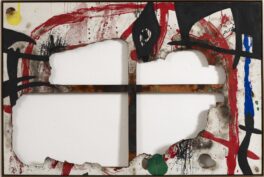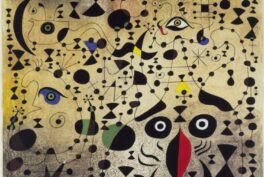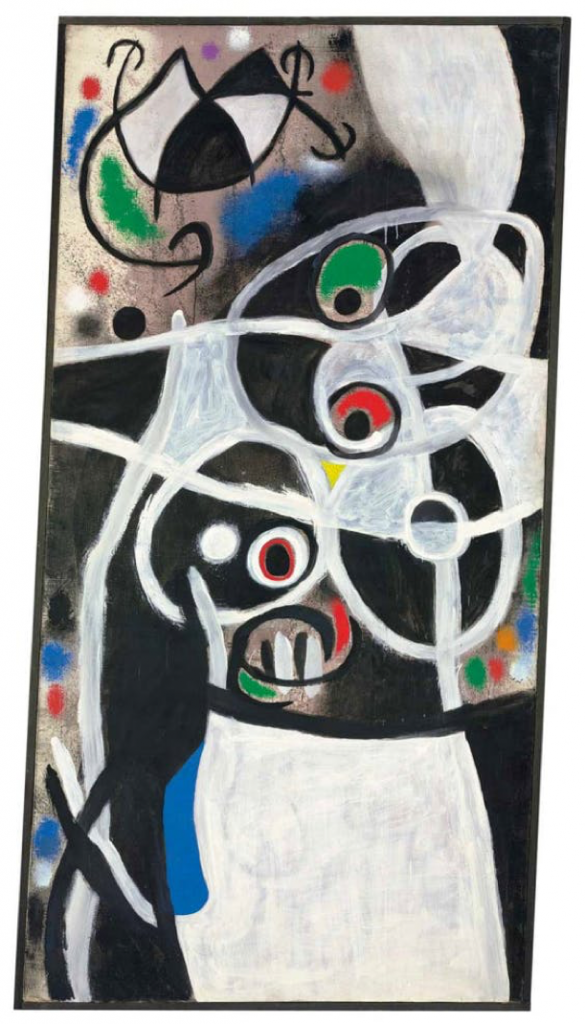Yoshida: Three Generations of Japanese Printmaking at Dulwich Picture Gallery
Dulwich Picture Gallery is a gallery based in Dulwich Village, London, UK, and the first purpose-built public art gallery. This Summer it opens its...
Ruxi Rusu 8 July 2024













